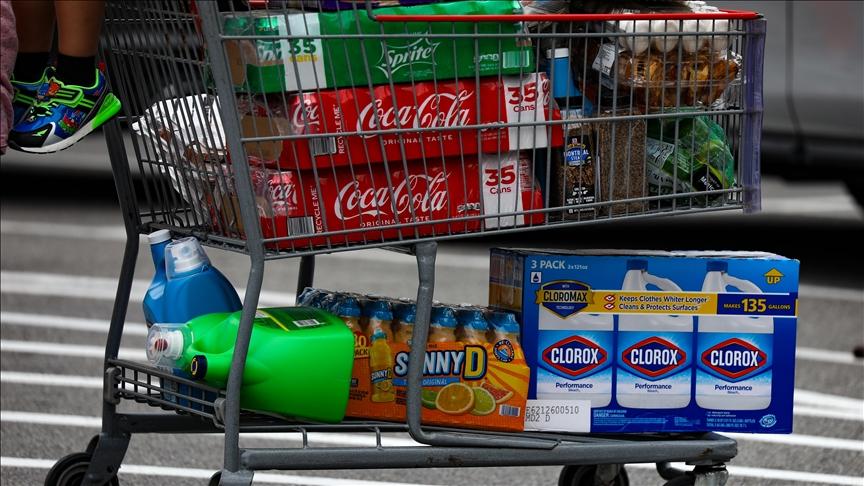According to the Zimbabwe National Statistics Agency (Zimstat), Zimbabwe’s Food Datum Line (FDL) for an individual saw a 6% increase in January 2025, rising to ZiG861.14 from ZiG805.95 in December 2024.
The FDL measures the amount of money a person needs to meet the minimum energy requirement of 2,100 calories per day.
During the same period, the Total Consumption Poverty Line (TCPL) also rose to ZMW 1,255.78 in January from ZMW 1,156.67 in December 2024. The TCPL indicates the total income needed to avoid being considered poor.
According to Zimstat, “The FPL for a single individual in January 2025 was ZiG861.14, indicating that the cost of the basic needs basket for one person was this amount in January. The TCPL was ZiG1,255.78, which represents the amount needed for an individual to purchase both food and non-food items to avoid being classified as poor.”
Economists, in separate interviews, linked the rise in the individual FDL to factors like increasing food prices. In January, consumer prices in Zimbabwe spiked, largely driven by food and non-alcoholic beverages.
ALSO READ: Mutami Responds to Mudiwa Hood’s Threats to Chin’ono, Mahere
Zimbabwe’s local currency (ZiG) inflation jumped significantly from 3.7% in December to 10.5% in January. The US dollar Consumer Price Index also surged by 11.5% in January, compared to 0.6% in December, according to Zimstat.
Zimbabwe operates a dual currency system, with transactions mainly in US dollars, alongside the local Zim dollar. The widespread use of foreign currency is partly due to the informal economy.
Some analysts suggest that the government’s efforts to clamp down on illegal imports have contributed to the rise in US dollar prices. The crackdown has limited the availability of cheaper goods from the informal market, increasing demand and driving up prices for the remaining stock.
Additionally, the government’s anti-smuggling measures may have inadvertently led to price hikes. Goods now imported through formal channels incur duties, which ultimately translate into higher costs for consumers.
Economic analyst Ms. Wendy Mpofu highlighted inflation, disruptions in supply chains, and policy changes as significant factors behind the rise in the FDL for January. She pointed out that Zimbabwe has recently faced high inflation, which has escalated living costs, including food prices. According to Ms. Mpofu, the increase in the FDL is a reflection of this broader inflationary trend.
